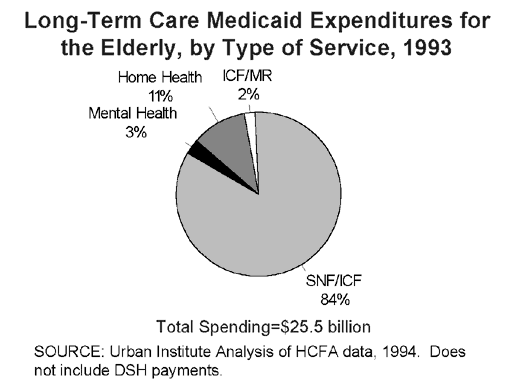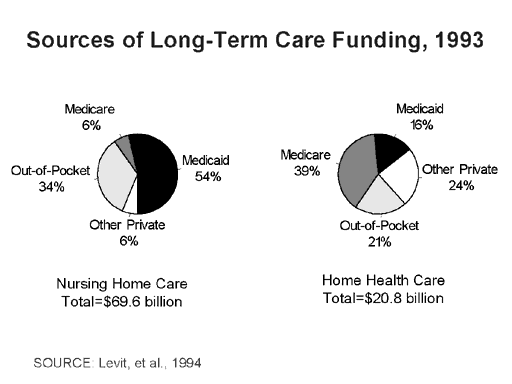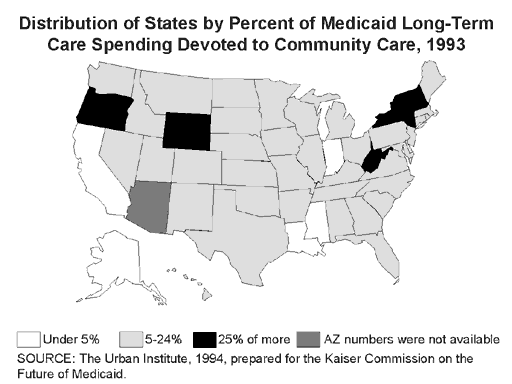Perceptions and Reality: How Safe Is the Pill? The Role of the Media, Healthcare Providers, and the
Q4a. Thinking about where you get information about contraceptionand birth control, was your physician a major source, minor sourceor not a source at all of information about contraception/birthcontrol for you? (Rotate)
NationalMenWomenMajor source 48% 32% 64% Minor source 17% 19% 15% Not a source at all 32% 46% 19% Don’t know 2% 2% * Don’t know 1% 1% * Q4b. Thinking about where you get information about contraceptionand birth control, was nurse or other health professional a majorsource, minor source or not a source at all of information aboutcontraception/birth control for you? (Rotate)
NationalMenWomenMajor source 34% 27% 42% Minor source 23% 24% 23% Not a source at all 39% 46% 32% Don’t know 2% 2% 2% Refused/No answer 1% 1% 1% Q4c. Thinking about where you get information about contraceptionand birth control, was “Women’s or “Men’s magazinesa major source, minor source or not a source at all of informationabout contraception/birth control for you? (Rotate)
NationalMenWomenMajor source 10% 10% 11% Minor source 26% 26% 25% Not a source at all 61% 61% 62% Don’t know 2% 3% 2% Refused/No answer 1% 1% * Q4d. Thinking about where you get information about contraceptionand birth control, was print news like a daily newspaper or weeklynews magazine a major source, minor source or not a source atall of information about contraception/birth control for you?
NationalMenWomenMajor source 13% 15% 11% Minor source 28% 30% 25% Not a source at all 56% 51% 62% Don’t know 2% 3% 2% Refused/No answer 1% 1% * Q4e. Thinking about where you get information about contraceptionand birth control, was television news a major source, minor sourceor not a source at all of information about contraception/birthcontrol for you? (Rotate)
NationalMenWomenMajor source 15% 19% 12% Minor source 33% 34% 31% Not a source at all 49% 43% 55% Don’t know 2% 3% 2% Refused/No answer 1% 1% * Q4f. Thinking about where you get information about contraceptionand birth control, was your friends and family a major source,minor source or not a source at all of information about contraception/birthcontrol for you? (Rotate)
NationalMenWomenMajor source 20% 20% 19% Minor source 31% 30% 32% Not a source at all 46% 46% 47% Don’t know 2% 3% 2% Refused/No answer 1% 1% * Q4g. Thinking about where you get information about contraceptionand birth control, was an advertisement for a specific methodof birth control a major source, minor source or not a sourceat all of information about contraception/birth control for you?(Rotate)
NationalMenWomenMajor source 12% 11% 13% Minor source 27% 29% 24% Not a source at all 58% 56% 60% Don’t know 3% 3% 3% Refused/No answer 1% 1% * Q5. Which one of these sources would you say you refer to mostoften as a source of information about contraception/birth controlover the course of a year?
NationalMenWomenYour physician 38% 25% 51% Nurse or other health professional 12% 10% 14% Your friends and family 10% 13% 7% Television news 10% 16% 4% Print news like a daily newspaper or weekly news magazine 8% 12% 4% “Women’s” or “Mens” magazines 9% 7% 4% An advertisement for a specific method of birth control 1% 2% 1% Don’t know 8% 8% 8% Refused/No answer 6% 7% 5% Q6. Within the last two months, have you heard about new researchregarding the health effects of birth control pills?
NationalMenWomenYes 10% 10% 10% No 88% 88% 89% Don’t know 1% 2% * Refused/No answer * * * Q7. Did hearing this information cause you or your partner todo any of the following things or not (Rotate)?
NationalMenWomenSeek additional information about health effects of birth control pills 14% 11% 17% Discontinue using birth control pills 4% 5% 3% Decide to start using birth control pills 3% 4% 2% I is not applicable to me 44% 37% 51% None of the above 42% 52% 32% Refused/No answer 3% 3% 2% Q8. Do you [for men, Does you partner] currently use birthcontrol pills? Yes, no, or not applicable?
NationalMenWomenYes 11% 12% 11% No 82% 78% 86% Not applicable 6% 9% * Don’t know 1% 1% * Refused/No answer 1% 1% 1% Q9a. Have you ever used birth control pills? Yes, no,or not applicable?
NationalMenWomenYes 60% – 51% No 39% – 47% Not applicable 1% – 1% Don’t know * – * Refused/No answer 1% – 1% Q9b. Has your current or most recent partner ever used birth controlpills? Yes, no, or not applicable?
NationalMenWomenYes 46% 46% – No 44% 44% – Not applicable 5% 5% – Don’t know 4% 4% – Refused/No answer 1% 1% – Q10. How much influence did your partner have in the decisionto use birth control pills? Would you say…
NationalMenWomenA lot 45% 76% 21% Some 14% 10% 16% Only a little, or 8% 6% 10% None 32% 6% 52% Don’t know 1% 2% * Refused/No answer * 1% –
95-1773A-01a
National Survey on Public Perceptions about Contraception:Press Release Survey Part One Part Two Fact Sheet Q & A Resource List


